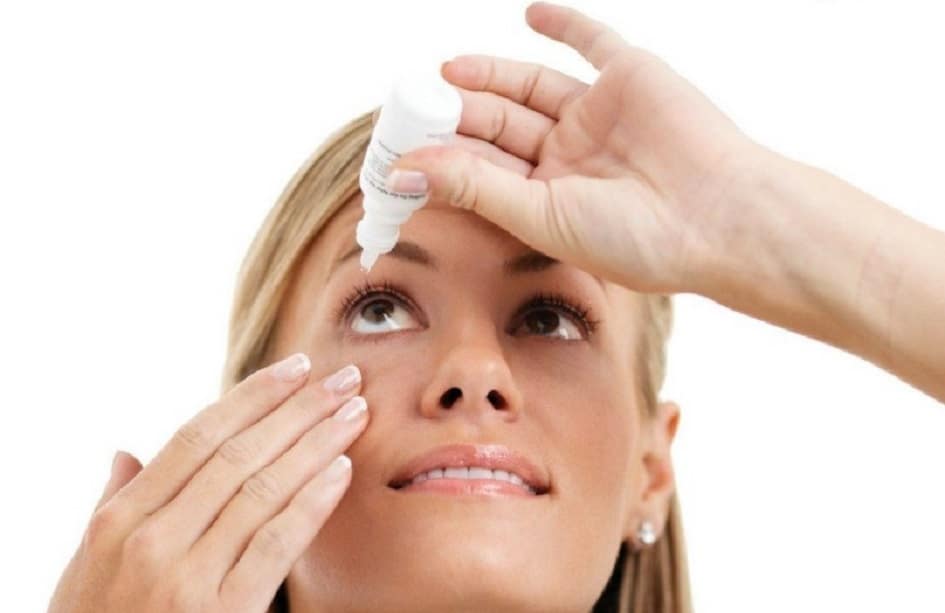One of the most common conditions seen at Harris Blake & Parsons Optometrists is dry eyes, and with so many eye drops and treatments available, where do you start? Before looking at its symptoms and management, it’s useful to understand the normal composition of the tear film.
What is the tear film?
The tear film is the outermost layer of the eye. It acts to lubricate the surface of your eye and protect it from the environment. Its smooth layer also allows light to enter the eye properly to provide clear and consistent vision.
There are three main layers in the tear film
- The mucous layer – produced by goblet cells comprising mucins to stick tears to the surface of the eye
- The aqueous layer – produced by the lacrimal gland comprising water, proteins and electrolytes
- The lipid layer – produced by meibomian glands comprising oils to prevent evaporation of the underlying layers
What is dry eye?
Dry eye occurs when there is insufficient production or imbalance of any of the components in the tear film, leading to ocular or visual discomfort.
Apart from the feeling of dryness, the symptoms of dry eyes can include:
- Gritty, stinging or watery eyes
- Intermittent blurred vision
- Foreign body sensation
- Light sensitivity
Dry eye is usually caused by a combination of one or more of these factors:
- Age
- Systemic conditions (e.g. Sjogren’s disease)
- Some medications
- Eyelid malposition
- Poor or incomplete blinking
- Anterior blepharitis (eyelid inflammation)
- Posterior blepharitis (Meibomian gland dysfunction)
- Environmental conditions
- Previous eye surgery
- Contact lens wear
How is dry eye assessed?
Your optometrist will have a general inspection of your eyelids, tears and ocular surface using a slit lamp with high magnification. Coloured drops may be used to temporarily assess the tear film quality, evaporation rate and if the dryness has lead to any surface inflammation or damage. Gentle eyelid pressure can assess the function of the meibomian glands and their oil production.
How do you manage dry eye?
The management of dry eye depends on the cause and severity. Every individual is different so requires a tailored management plan by your optometrist.
Common management options include:
- Heat compression and eyelid massage with a microwaveable face mask to allow better oil flow from the meibomian glands
- Antiseptic eyelid scrubs to remove crusting and debris around eyes that can exacerbate dryness (we recommend Blephadex)
- Lubrication eye drops are usually mainstay treatment. Drops are available now that can target each layer of the tear film that may be deficient. Eye drops like Optimel naturally reduce the inflammation and bacterial density of the eyes.
- Omega 3 supplements, three tablets daily has been shown to improve the quality of your tear film in the long term.

Heat compress face masks, Blephadex eyelid scrubs, Omega 3 supplements and an array of lubrication drops are available at Harris Blake & Parsons Optometrists for purchase. Make an appointment today for us to assess and manage your dry eyes!



